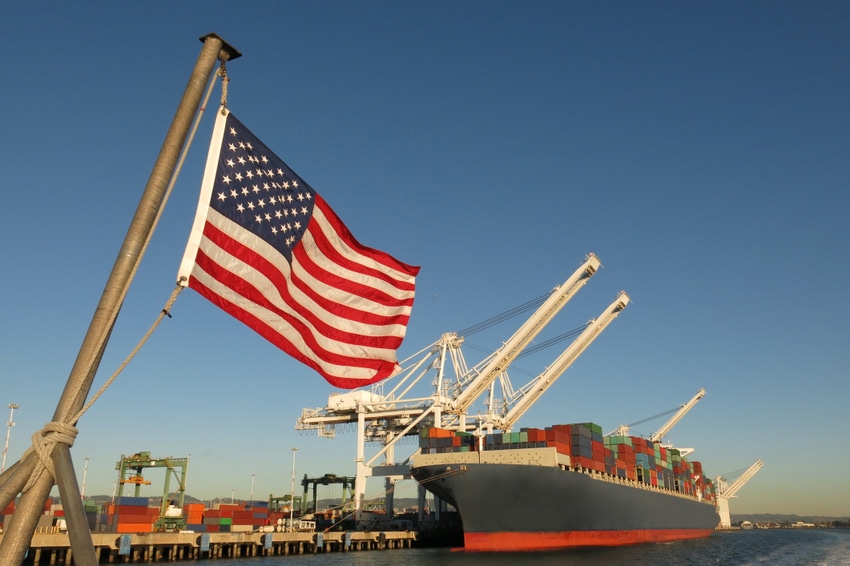Dairy sector quietly reaching new global milestones
Despite COVID-19 challenges, dairy exports during first half come in higher than 2019.

The intensity of U.S. events in recent months has made it easy, and even necessary, for the dairy sector to be laser focused on domestic markets, but even as challenges associated with COVID-19 have “whipsawed markets and led to a roller coaster of responses,” Jim Mulhern, National Milk Producers Federation president and chief executive officer, said positive trends are emerging in dairy markets abroad.
In fact, he said the U.S. dairy industry’s continued evolution into an export powerhouse has quietly been reaching new milestones.
Monthly export volumes in May were the highest in more than two years, driven by record sales of nonfat dry milk/skim milk power and rising cheese volumes. This, Mulhern said, occurred despite COVID-19 disruptions that spurred lockdowns worldwide.
Total export volume in May was 18% higher than in May 2019 while total export value also improved by 8% year over year. Mulhern said this “torrid pace” wasn’t expected to be maintained, but June numbers, which were released this week, soared even higher.
The U.S. Dairy Export Council (USDEC) reported that U.S. dairy exports in June were 28% higher in volume and 22% higher in value.
“This year’s gains have been all the more impressive in that they were achieved during one of the most disrupted dairy trade environments in history,” USDEC noted.
U.S. suppliers shipped in June 206,411 tons of milk powders, cheese, whey products, lactose and butterfat -- the most (on a daily-average basis) since April 2018. The value of all exports was $583.7 million.
On a total milk solids basis, USDEC said U.S. exports were equivalent to 17.7% of U.S. milk solids production in June, the highest rate since April 2018. In the first half of the year, exports comprised 15.8% of production, up from 14.1% in the first half of 2019.
Mulhern said trade is again becoming a bigger portion of overall demand for U.S. milk.
Seeking new trade opportunities
According to Mulhern, work across the entire dairy sector comes into play when important policy priorities are pursued to enhance opportunities for U.S. dairy producers. Some of the efforts include defending gains already made, while others seek new frontiers overseas, he said.
Highlights of the current trade agenda include:
Getting the full benefit of the bargain struck on new market access and trade rules with Canada and Mexico under the U.S.-Mexico-Canada Agreement.
Working with the U.S. government to resolve impediments to trade in dairy markets around the world, including in Mexico, South America, India, Indonesia, the Middle East and more.
Co-sponsoring a virtual town hall series designed to spur discussion on the importance of trade to America’s farmers and agricultural manufacturers.
Pushing for strong dairy results in ongoing trade agreement negotiations with the U.K., a major dairy importing country, and with Kenya, a country with high dairy consumption for its region and notable trade barriers to dairy that a free trade agreement could knock down.
Advocating for the launch of additional trade deals with key markets, such as concluding a comprehensive agreement with Japan and pursuing free trade agreements with Southeast Asian countries.
Even with strong gains in global markets, Mulhern said dairy export markets promise to be challenging for the rest of the year.
“China’s purchasing decisions will be pivotal," he said. "The response of Latin America, particularly Mexico, to COVID-19 holds profound implications. Higher U.S. domestic cheese prices pose trade-competition challenges.”
Still, at a time of incredible uncertainty and unprecedented demands for resilience across the industry, Mulhern said “trade has helped steady dairy demand, even as domestic markets have faced severe disruptions. That’s given the industry something to cheer about and build upon.”
He emphasized the importance of remembering the future, “for which trade is key.”
About the Author(s)
You May Also Like





